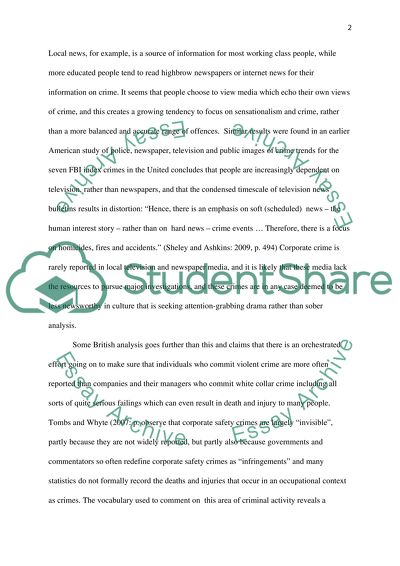Cite this document
(“Corporate crime Essay Example | Topics and Well Written Essays - 2500 words”, n.d.)
Retrieved from https://studentshare.org/environmental-studies/1408902-corporate-crime
Retrieved from https://studentshare.org/environmental-studies/1408902-corporate-crime
(Corporate Crime Essay Example | Topics and Well Written Essays - 2500 Words)
https://studentshare.org/environmental-studies/1408902-corporate-crime.
https://studentshare.org/environmental-studies/1408902-corporate-crime.
“Corporate Crime Essay Example | Topics and Well Written Essays - 2500 Words”, n.d. https://studentshare.org/environmental-studies/1408902-corporate-crime.


